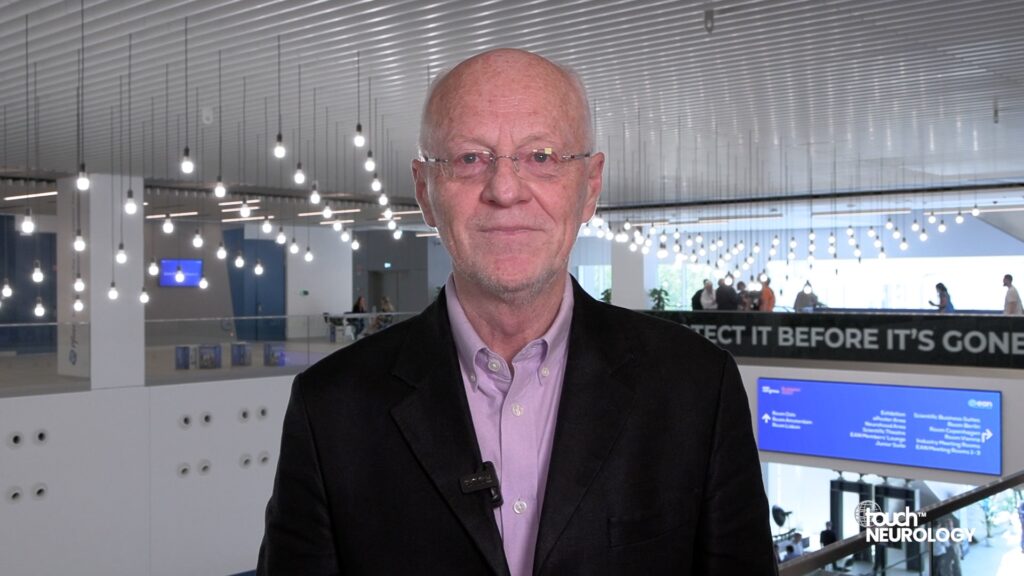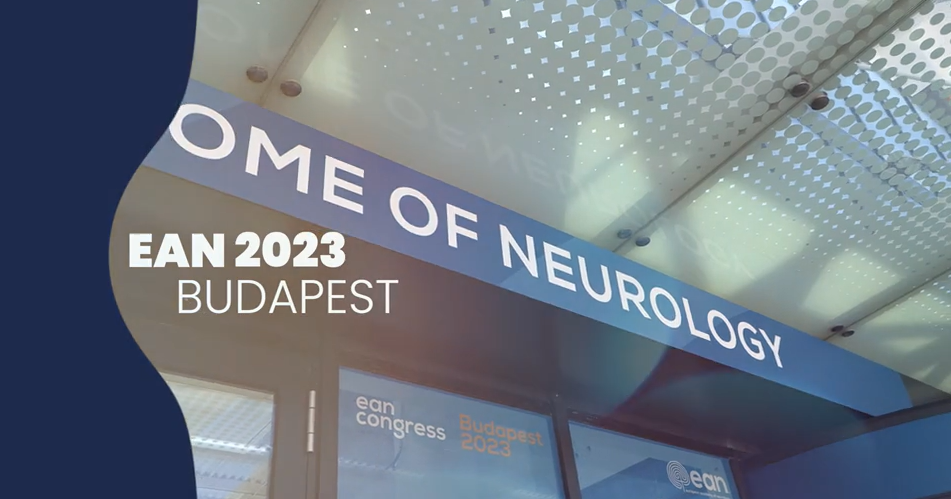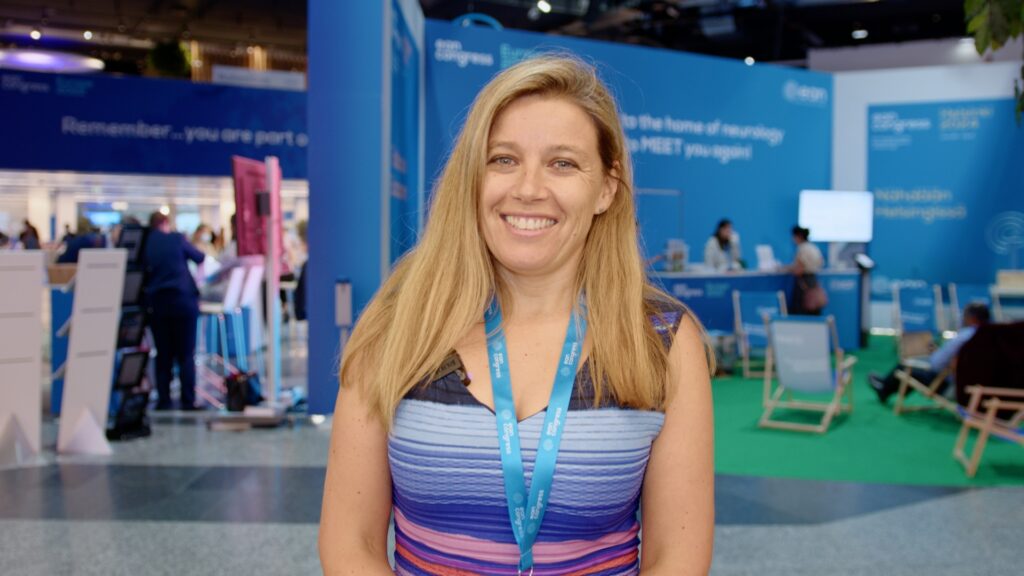Oral triptans have limitations in the treatment of some types of migraine. These include migraines associated with rapid onset of nausea and/or vomiting, migraines present on awakening, those that reach peak intensity rapidly or are severe at the time of treatment, those that have been present for an extended period, and migraines of prolonged duration due to recurrence. A new intracutaneous formulation of zolmitriptan (M207; Zosano, Fremont, CA, US) has a different pharmacokinetic profile with more rapid and higher plasma levels than achieved with oral dosing. This formulation utilises Zosano’s proprietary ADAM technology which consists of drug-coated titanium micro projections. These micro projections penetrate the skin to deliver the drug to the interstitial fluid in the skin.1 A post hoc analysis has been conducted on a multicentre trial which investigated the efficacy of M207.2 The post hoc analysis focused on subgroups with specific, definable migraine characteristics associated with poor treatment response. In total, 159 patients were analysed; 82 treated with M207 3.8 mg, and 77 received placebo. Pain freedom was observed in 14% of patients in the placebo group and 42% of treated patients, while most bothersome symptom (MBS) freedom occurred in 42% placebo and 68% treated patients. In three of the four subgroups with difficult-to-treat migraines, treatment gave higher response rates (p<0.05), indicating that M207 could be effective for difficult to treat migraines.2
Results from two identical phase III randomised clinical trials evaluating the efficacy, safety and tolerability of rimegepant for the treatment of acute migraine in adults, have been published at the 2018 17th Biennial Migraine Trust International Symposium. Rimegepant is a small-molecule calcitonin gene-related peptide receptor antagonist.3 In study 301, a total of 1,162 patients were randomised to receive rimegepant 75 mg oral tablet or placebo, whereas 1,186 were randomised in study 302.4 In both studies, a single dose of rimegepant gave sustained efficacy through 48 hours in the key endpoints of pain freedom and freedom from the MBS. Furthermore, similar efficacy was seen in the secondary endpoints. Adverse events were also comparable with rimegepant and placebo.
A phase I trial evaluated the bioequivalence of the oral rimegepant tablet and an orally dissolving tablet (ODT) formulation.5 Both formulations contained 75 mg rimegepant and 34 healthy subjects were administered each formulation (75 mg rimegepant) twice separated by at least 5 days. Adverse effects were experienced by 17 subjects but were mild with no serious adverse events. The results demonstrated that both formulations were bioequivalent but the ODT had an earlier time of peak concentration (Tmax) that may translate to an earlier onset of action.
Non-invasive vagus nerve stimulation (nVNS) is a novel treatment for primary headache disorder. A hand-held medical nNVS device, gammaCoreTM , developed by electroCoreTM Inc, is now available that stimulates the vagus nerve. The multicentre, double-blind, randomised, sham-controlled PREMIUM trial evaluated nVNS (gammaCore) for the preventive treatment of episodic migraine.6 Patients in the treatment group administered 2 stimulations (120 seconds) bilaterally to the neck 3 times daily, 6–8 hours apart (6 stimulations/day).6 Patients were typical of an episodic migraine population (n=165 treated, 167 sham). Non-significant benefits such as number of migraine days, headache, and acute medication days were observed in treated patients as a primary outcome. However, the post hoc analysis of the modified intent-to-treat population revealed significant differences in number of migraine days, headache days, and acute medication days (p=0.043, 0.045 and 0.039 respectively). Additional endpoints including the percentage of all attacks aborted and sustained response rates through 24 and 48 hours have subsequently been assessed.7 Treatment with nNVS was significantly superior to sham treatment in all of the endpoints studied suggesting that it is an attractive option for treating multiple attacks and decreasing the need for current acute medications.
The same device showed similar efficacy in the PRESTO study in patients with an episodic migraine. The mechanism of action is uncertain but probably involves inhibition of the trigeminovascular pathway and suppression of extracellular glutamate in the central nervous system. Subsequently, resting-state electroencephalography (EEG) and trigeminal laser-evoked potentials (LEPs) were investigated in a subgroup of patients from the PRESTO trial in order to identify other mechanisms of action of nVNS. Evaluable data was obtained from 20 patients (10 each for nVNS and sham treatment).8 The EEG and LEP results suggested that nVNS acts on cortical areas responsible for trigeminal pain control. These findings need to be confirmed in further studies.
A further post hoc analysis of patient-centric data from the PRESTO trial has been reported.9 The aim was to determine if nVNS could provide clinically meaningful improvements in pain intensity while reducing the need for rescue therapy. A significantly higher percentage of patients receiving acute treatment (n=120) than those in the sham group (n=123) achieved a ≥1-point decrease in pain intensity for the first treated migraine attack (p=0.020, p=0.017, and p=0.002, respectively, at 30, 60 and 120 minutes). In addition, the need for rescue medication at any time during an attack was significantly lower with nVNS compared with sham treatment (p=0.013 for first attack and p=0.008 for all attacks). Thus, acute nVNS rapidly and consistently reduced pain intensity and decreased the need for rescue medication giving the possibility of treating multiple attacks without increasing exposure to acute medications and pharmacological adverse events.
In order to evaluate the benefits of more frequent acute nVNS treatment, a post hoc analysis was performed on subjects enrolled in the PREVention and Acute treatment of chronic cluster headaches (PREVA) study.10 In PREVA, acute treatment showed median values of 76.9% for the percentage of attacks per patient that were acutely treated with nVNS and 8.2 for the average number of daily acute nVNS stimulations per patient. For this post hoc analysis, subgroups that fell above and below these median values were included. The mean reduction in weekly attack frequency was significantly higher for patients (n=22) who used nVNS to treat ≥76.9% of their attacks (-8.5 attacks/week) than for standard of care (SoC) alone (-2.1 attacks/week; n=47; p<0.01). The reduction for patients who used nVNS to treat <76.9% of their attacks was lower (mean, -3.7 attacks/week; n=22; p=1.00). The mean decrease in weekly attack frequency was higher for patients who used ≥8.2 daily stimulations (-6.3 attacks/week; n=23) than for those who used <8.2 daily stimulations (-5.9 attacks/week; n=21) compared with the SoC alone group. These results suggest that more frequent acute nVNS treatment could be beneficial for patients with chronic cluster headaches.
A case study in a single patient with migraines with aura showed that treatment with the gammaCore device was effective in this condition. This is probably the first documented report of benefit in aura symptoms.11
A novel intracutaneous formulation of zolmitriptan has been shown to give benefit in difficult to treat migraines and should be a useful addition to migraine treatments. Studies have demonstrated that rimegepant is effective in migraine and the orally dissolving formulation offers advantages in delivering the therapy and may have an earlier onset of action. Finally, in a series of trials, the nVNS gammaCore hand-held device has given relief from episodic migraine and more frequent administration may give additional benefit. The treatments described potentially give the physician and patients new effective ways to manage migraine.
References
1.Market Watch press release. Zosano Pharma and Collaborators to Present Efficacy Data for M207 in the Treatment of Migraine at the 17th Biennial Migraine Trust International Symposium (MTIS). Available at: www.marketwatch.com/press-release/zosano-pharma-and-collaborators-to-present-efficacy-data-for-m207-in-the-treatment-of-migraine-at-the-17th-biennial-migraine-trust-international-symposium-mtis-2018-09-05 (accessed 26 September 2018).
2.Tepper S, Schmidt P, Kellerman D, Engels J. Efficacy of M207 (intracutaneous zolmitriptan) for the acute treatment of difficult to treat migraine. Presented at 17th Biennial Migraine Trust International Symposium, 6–9 September 2018. Abstract MTIS2018-063.
3.Nasdaq press release. Biohaven Presents at Migraine Trust International Symposium and Highlights Positive Results from Study 301 and Study 302 of Rimegepant, an Oral CGRP Receptor Antagonist, in the Acute Treatment of Migraine. Available at: www.nasdaq.com/press-release/biohaven-presents-at-migraine-trust-international-symposium-and-highlights-positive-results-from-20180906-00086 (accessed 26 September 2018).
4.Lipton RB, Coric V, Stock EG, et al. Rimegepant 75 mg, an oral calcitonin gene-related peptide antagonist, for the acute treatment of migraine: Two phase 3, double-blind, randomized, placebo-controlled trials. Presented at 17th Biennial Migraine Trust International Symposium, 6–9 September 2018. Abstract MTIS2018-171.
5.Croop R, Ivans A, Stock D, et al. A phase 1 study to evaluate the bioequivalence of oral tablet and orally dissolving table formulations of rimegepant, a small molecule CGRP receptor antagonist. Presented at 17th Biennial Migraine Trust International Symposium, 6–9 September 2018. Abstract MTIS2018-170.
6.Diener H-C, Goadsby PJ, Ashina M, et al. Non-invasive vagus nerve stimulation (NVNS) for the preventive treatment of episodic migraine: the multicentre, double-blind, randomised, sham-controlled PREMIUM trial. Presented at 17th Biennial Migraine Trust International Symposium, 6–9 September 2018. Abstract MTIS2018-076.
7. Martelletti P, Grazzi L, Pierangeli G, et al. Additional findings from the randomised, sham-controlled, double-blind PRESTO study of noninvasive vagus nerve stimulation (NVNS) for the acute treatment of episodic migraine. Presented at 17th Biennial Migraine Trust International Symposium, 6–9 September 2018. Abstract MTIS2018-060.
8.Vecchio E, Bassez I, Ricci K, et al. Effects of non-invasive vagus nerve stimulation (NVNS) on resting-state EEG and laser-evoked potentials in migraine: findings from a subgroup of patients enrolled in the randomised, sham-controlled, double-blind PRESTO study. Presented at 17th Biennial Migraine Trust International Symposium, 6–9 September 2018. Abstract MTIS2018-061.
9.Grazzi l, Tassorelli C, de Tommaso M, et al. Practical and clinical utility of non-invasive vagus nerve stimulation (NVNS) for the acute treatment of migraine: post hoc assessment of the randomized, sham–controlled, double-blind presto trial. Presented at 17th Biennial Migraine Trust International Symposium, 6–9 September 2018. Abstract MTIS2018-059.
10.Gaul C, Liebler E, McClure C, et al. Evaluating the benefits of more frequent non-invasive vagus nerve stimulation (NVNS) for patients with chronic cluster headache: a post hoc analysis of the PREVA trial. Presented at 17th Biennial Migraine Trust International Symposium, 6–9 September 2018. Abstract MTIS2018-142.
11.Martinelli D, Sances G, Bitetto V, et al. Peripheral vagal nerve stimulation attenuates migraine aura: a case report. Presented at 17th Biennial Migraine Trust International Symposium, 6–9 September 2018. Abstract MTIS2018-064.









